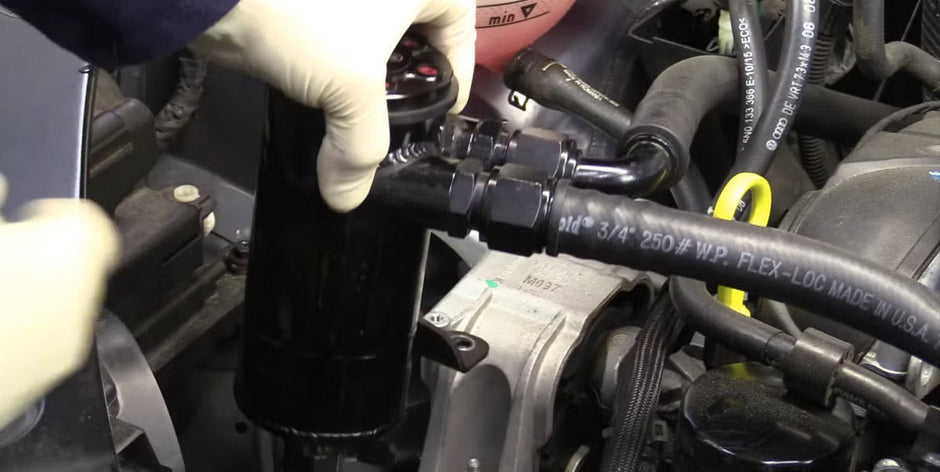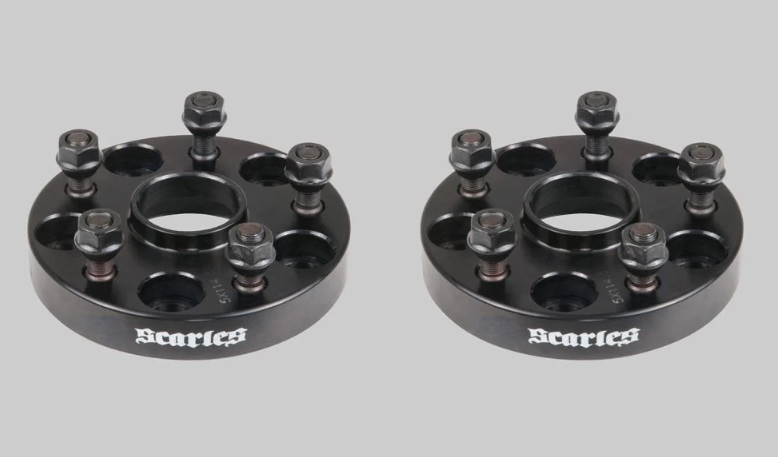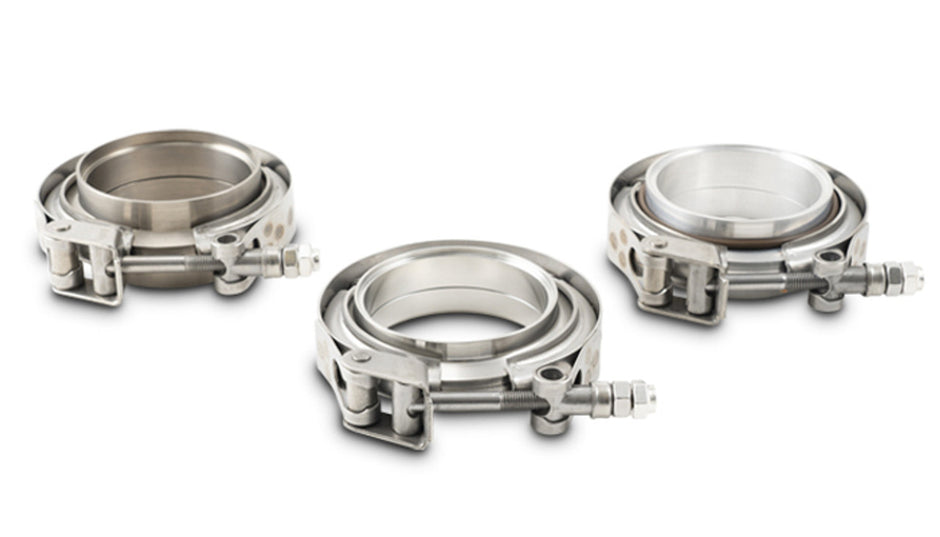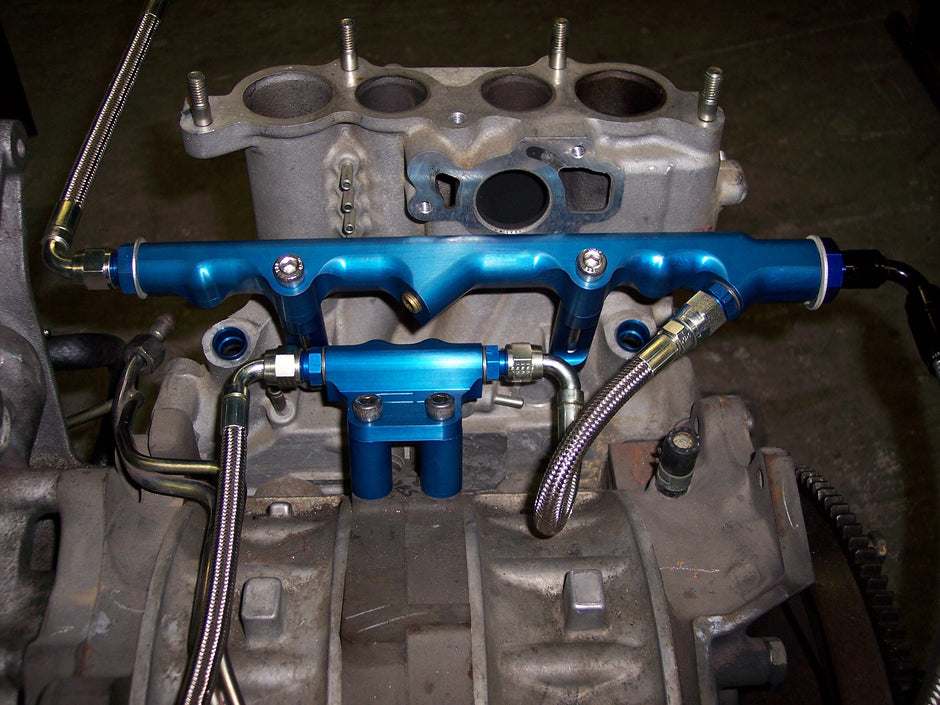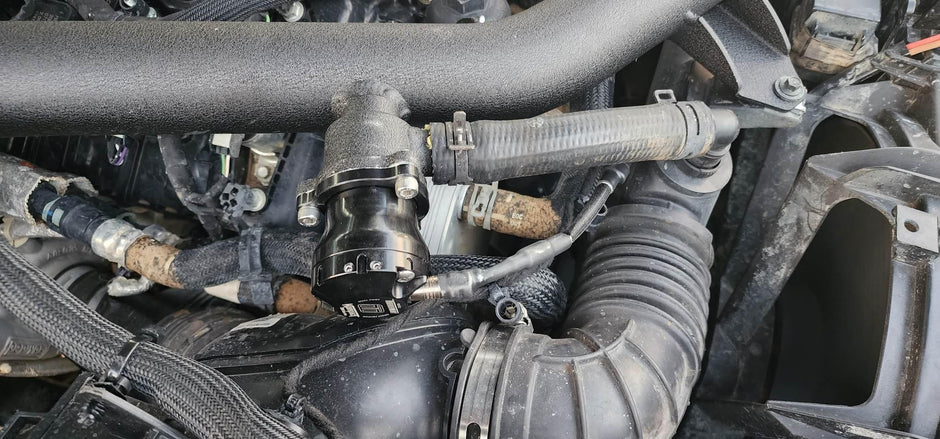If you're dabbling in car modifications, particularly within the realms of JDM legends like the Nissan RB Engine series (RB20DET, RB25DET), Subaru's rally-champion WRX, or any Turbo car, you might have heard whispers about the benefits of upgrading your fuel rail.
But what's the real score? Do you actually need an aftermarket fuel rail? Let's debunk some myths while we answer some common queries.
What Are the Benefits of Upgrading a Fuel Rail?
Upgrading to a high-quality aftermarket fuel rail can bring several benefits. These fuel rails are designed to deliver a more controlled quantity of finely atomised fuel to the engine.
The result? Better fuel economy, increased torque and power, and fewer exhaust fumes. This could be an excellent upgrade if you're aiming to optimise your engine's performance while maintaining environmental responsibility. That might seem silly, but that's where we're headed.
What Does a New Fuel Rail Do?
First, though, it's important to know what a fuel rail does. A fuel rail is a key component in your vehicle's fuel injector system. It supplies fuel to the injectors from the fuel tank via the fuel pump.
In advanced direct-injection systems, like those found in many modern vehicles, the fuel rail plays a pivotal role in achieving high fuel efficiency and superior performance. It ensures that the fuel is stably and efficiently delivered to the injectors.
Does a Fuel Rail Increase Horsepower?
Here's where things get more nuanced. Suppose you're not pushing your car to its limits. In that case, an aftermarket fuel rail alone might not make a noticeable difference in horsepower. It's designed to ensure that the injectors are supplied with sufficient fuel, which can be crucial in high-performance setups.
However, if you're significantly increasing your engine's power output, upgrading the fuel rail without modifying the rest of the fuel system is unlikely to yield dramatic changes in horsepower.
What is the Exact Purpose of a Fuel Rail?
An aftermarket fuel rail typically features a larger internal diameter than the stock version, allowing a higher fuel volume to flow through it. This is particularly important for high-performance engines that demand a greater fuel supply to match increased air intake and combustion needs.
When Should the Stock Fuel Rail Be Replaced?
This brings us to the final question: when should the stock fuel rail be replaced? If your modifications or performance upgrades require more fuel than your current system can supply, it's time to consider an aftermarket fuel rail. This is often the case in highly tuned engines found in performance cars like those equipped with the RB25DET or in turbocharged setups such as the Subaru WRX.
Finally, whether you need an aftermarket fuel rail depends on your vehicle's specific performance requirements and the extent of other modifications. It's not a universal need, but it can be a critical component for achieving optimal engine performance and efficiency in the proper context. Before you buy, assess your vehicle's needs and consult with a mechanic or performance specialist to ensure that every modification, including a fuel rail upgrade, aligns with your overall performance goals and ensures the safe operation of your vehicle.
Shop Fuel Rails Now



